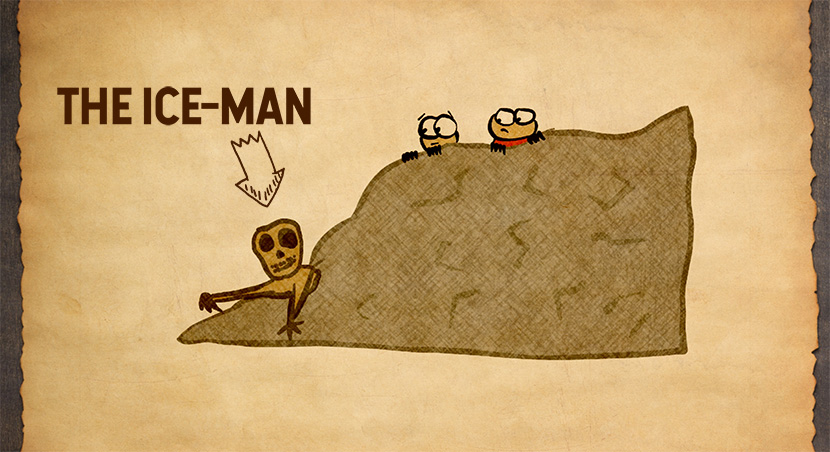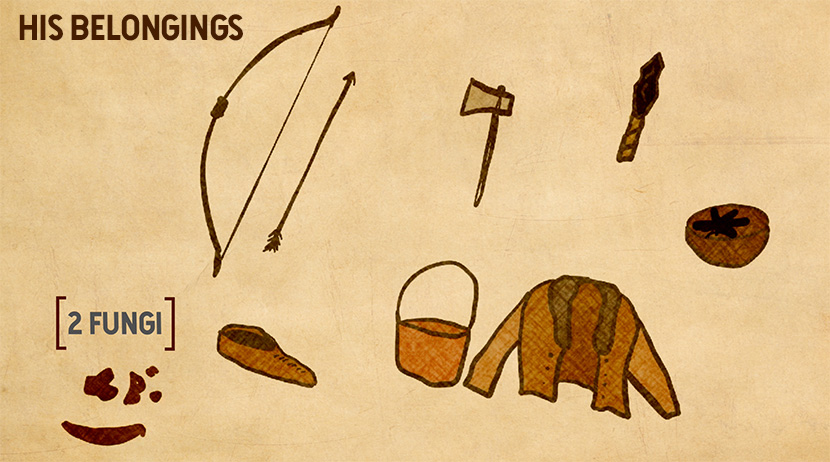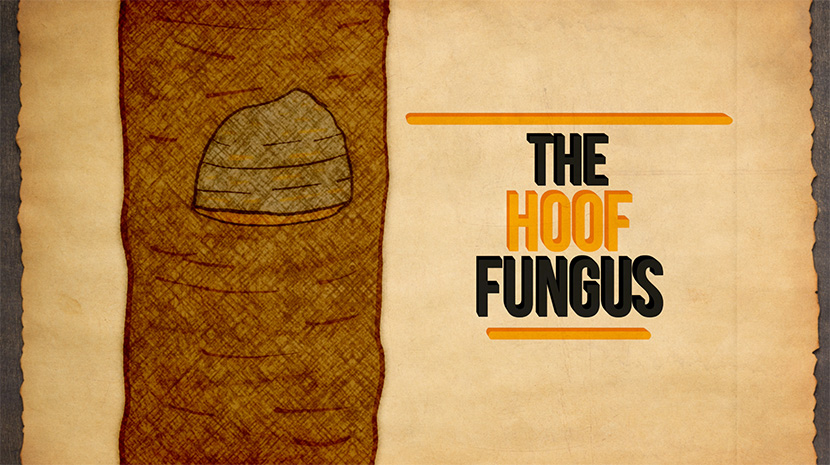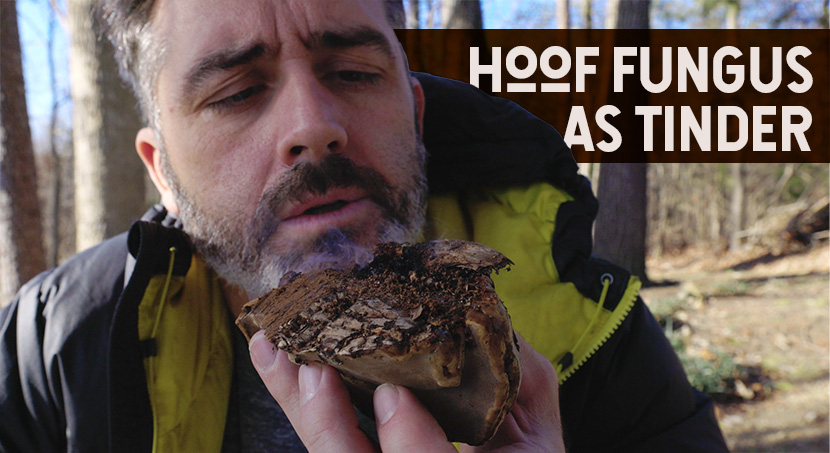Hoof Fungus, a mushroom older than the pyramids, tells us a fascinating story

Otzi the iceman probably used hoof fungus for tinder
More than 5000 years ago, a man was murdered in the Italian alps, and the extreme climate that preserved his body in an incredible state gifted us with a brief look into our past. One of the discoveries were two types of fungi that he carried, helping us confirm that humans have had a close relationship with mushrooms for, well, thousands of years.
Ötzi the iceman is one of the world’s most famous mummies, with an epic story that continues to be unraveled by our advances in DNA extraction and other technologies. Ötzi had many possessions on him, but the intriguing part for us were the mushrooms he had carried.

What mushrooms did Ötzi the iceman carry?
Two mushrooms were found among Ötzi’s possession, the first was (1) Birch Polypore (Fomitopsis betulina) and the other was (2) Hoof Fungus or False Tinder Fungus (Fomes fomentarius). So what makes these mushrooms so special? And what is our best guess about why he had them?

The birch polypore was likely to help combat parasites, which studies have shown were indeed a problem for this weary traveler, whereas the hoof fungus, which has a variety of uses, was most likely used for tinder, but that is not the only possibility.
More on Hoof Fungus
Hoof fungus is a bracket polypore fungus, meaning that it grows on trees or dying wood like a shelf, and instead of those big gills you see on many mushrooms they release their spores from man ytiny pores on the bottom of the mushroom – hence poly (many)-pore. If you have ever felt hoof fungus you will know right away that it is extremely hard and not good for cooking and eating, but instead it is really useful for the corky material that is on the top part of the mushroom, and there are a variety of cultures that use it for its medicinal properties.
Some uses for hoof fungus throughout history, and today are:
- Medicinal Hoof Fungus
- Hoof Fungus for tinder
- Amandou made from Hoof Fungus

Medicinal uses of Hoof Fungus
Though not the most common or “popular” medicinal mushroom, hoof fungus was mentioned by Hippocrates for dressing wounds to staunch bleeding, chinese medicine uses it to treat various cancers, and Indian medicine uses hoof fungus as a diuretic, laxative, and even a nerve steadying tonic.
Modern research on Hoof Fungus
More and more modern medicine is recuperating our somewhat-lost knowledge on the positive effects of medicinal plants and fungi. In terms of Hoof Fungus, it is currently being studied for its abilities to reduce pain, boost the immune system, aid in diabetes treatment, and for its anti-microbial properties – which is also probably another reason it has been historically used in wound dressing.
How is hoof fungus used for tinder?

The corky material found in hoof fungus can be used as tinder, and this is very likely why Ötzi had it in his possession.
Tinder is something that smolders slowly and can help you to start a fire; the corky material inside hoof fungus, once dried properly, can smolder for long periods of time. So, if you leave it smoldering, you can bring it to your next camp and use it to start a fire with a lot more ease. Ötzi likely had this fungus for that reason, as starting a fire from scratch is difficult, especially in high altitude with little resources to burn.
You can watch this video to learn some tips and tricks for building a fire and check out our survival guide for even more!
What is amadou?!
Amadou is a unique material that is sometimes referred to as “mushroom leather,” and it is used in clothing, shoes and other materials. It is considered a vegan leather, and can be made into a variety of very stylish hats, such as the one famous mycologist Paul Stamets wears. Interestingly, it is also used in things like fly drying patches by fly fishers, since it has great liquid absorbing properties (again, think staunching of blood).
Clearly, Hoof Fungus is an incredible fungus that can be used for many things, and though we are pretty sure Ötzi used it as tinder, no one will ever really know if he also held some of the medicinal secrets that we are re-discovering today.
Before we go, a general note on foraging
There is a resurgence in people interested in foraging wild plants and fungi for food and other uses, which is amazing, but we have to make sure we respect nature and others in the process! When foraging in the wild, always keep other people and the ecosystem in mind by not over-collecting. Only take what you need and leave the rest for others and for nature, especially when we consider things like shelf fungi that can take a long time to grow and can be decades old! Have fun and stay safe out there!
If you like this article you need to check out these other 5 medicinal mushrooms you should eat!
Disclaimer: The StoneAgeMan blog is for informational purposes only and does not constitute medical advice. We are not responsible for any actions taken based on the information provided. Always consult a healthcare professional before using fungi for medicinal purposes.

